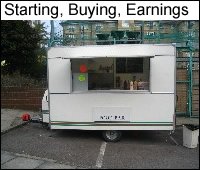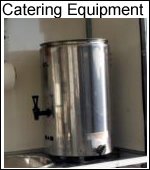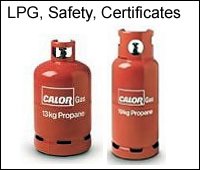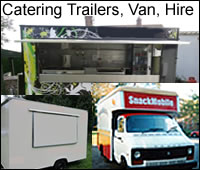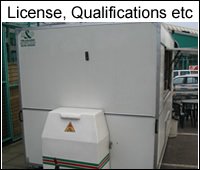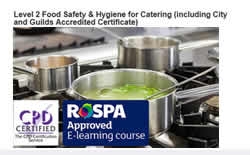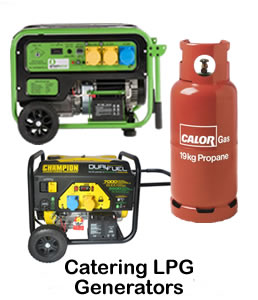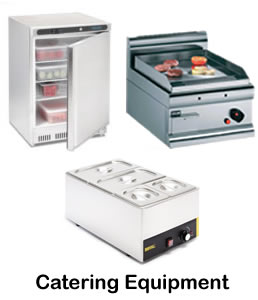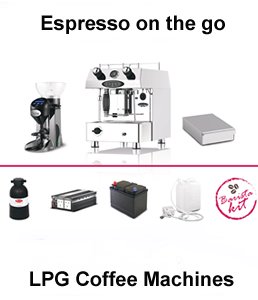Gas Ventilation Catering Trailer
by Otello
(Inverness)
Hi,
I'm working on a catering trailer at the moment and I'm trying to figure out my ventilation for my two gas appliances that total up to 23kW of output. The trailer is 2mx3mx2.13m in diameter, and it has three open roof vents and one wall one, non-electric and just standard. What kind of additional ventilation might I need? Will I need one considering the serving window will be open when I'm working?
Any kind of help is much appreciated!
Comments for Gas Ventilation Catering Trailer
|
||
|
||


